Guatemala Coffee Industry Guatemala Coffee beans Guatemala Coffee recommendation
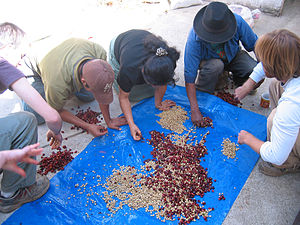
For professional baristas, please follow the coffee workshop (Wechat official account cafe_style)
Las Merceditas Coffee Plantation in San Rafael Pedra Kuesta.
The development of the coffee industry in Guatemala can be traced back to the 1850s. Coffee production is an important pillar of the Guatemalan economy (English: Economy of Guatemala).
Guatemala was the number one coffee producer in Central America for most of the 20th century and the early 21st century, and the leading position of Guatemalan coffee was not replaced by Honduran coffee until 2011. Official statistics do not include coffee exports illegally sold to Honduras and Mexico.
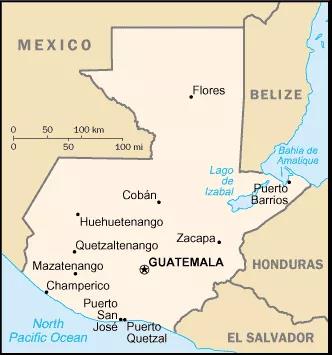
In Guatemala, the most suitable temperature for healthy growth and fruity of coffee is about 16 °C to 32 °C (60 °F to 90 °F). When coffee is grown at a height of about 500m (1600m) above sea level, the seedlings must be well shaded. [3] plantations at an average altitude of about 1500 meters (4900 feet) should be equipped with wind protection against cold northerly winds. Overall, most coffee plantations in Guatemala are located between 500, 000 meters (1600, 400 feet) above sea level.

The coffee industry in Guatemala originated in the 1850s and 1860s, when early coffee and cochineal worms were mixed, and small plantations were scattered in the southwest, such as Amatittland and Old Guatemala. Coffee grew slowly at that time due to lack of knowledge and technology. In the early days, many coffee farmers relied on borrowing from their families to revolve the finances of coffee farms (English: Finca), but later, with the investment of foreign companies, these foreign companies gradually bought the plantations and took over coffee production in Guatemala.
As coffee production is a labour-intensive industry, lack of work is a major obstacle to the rapid increase in coffee production in Guatemala. In 1887, Guatemalan coffee produced more than 22000000 kilograms (48500000 pounds). By 1891, more than 24000000 kilograms (52000000 pounds) were produced. From 1879 to 1883, Guatemala exported 133027289 kilograms (293274971 pounds) of coffee. By 1902, some of the most important plantations in the world were located on the southwest coast of Guatemala.
Guatemala has a lot of land suitable for growing coffee, among which different kinds of coffee are planted according to the temperature zone. The main coffee-growing areas are Amatetran, Zacatepex, Solola, Rita Lulaiu, Xsaltnango, San Marcos and Haute Verapas. Coffee is also grown around old cities such as Guatemala City, Chimartenango and Verapas (English: Verapaz, Guatemala).

The Asociaci ó n Nacional del Caf é (Anacaf é), or Anna Coffee Association, was founded in 1960 to represent all coffee producers in Guatemala. The Coffee Association of Guatemala was founded by the pioneers of the International Coffee Organization (English: International Coffee Organization) to continue the centralized coffee production statistics of the Central Coffee Office (La Oficina Central del Caf é) established by the Central Coffee Office of Guatemala's central government in 1928.
The Guatemalan Coffee Association established the Guatemalan coffee brand and defined coffee from eight different origins under the slogan "one Rainbow Choice (A Rainbow of Choices)". It is divided into eight sub-brands: Arcatel Nango Canyon (Acatenango Valley), Andi Gua Coffee (Antigua Coffee), traditional Atitlan (Traditional Atitlan), Rainforest Kovan (Rainforest Coban), Freihanes Plateau (Fraijanes Plateau), Highland Velvet (Highland Huehue), New Oriental (New Oriente), Volcano San Marcos (Volcanic San Marcos) and so on.

The Coffee Association of Guatemala has also set up a coffee laboratory called Analab for short to promote the Children's Coffee Promotion Project (funcaf é) and publishes El Cafetal magazine. The Guatemalan Coffee Association represents Guatemala at the meetings of the International Coffee Organization and receives funding only from the relevant fees for coffee exports.

According to a study released by the United States Department of Labor in 2013, some coffee producers in Guatemala still use child labor.
Guatemala Coffee recommendation: Guatemala Vivette Nan Fruit area Tianyi Manor Parr Lake Coffee beans freshly roasted Black Coffee
Some tips for hand-brewed coffee and front street coffee:
The coffee powder per person is about 15 grams and the boiled water is 225 grams.
Do not drop the filtered extract to the last drop, and stop in the residual state (if all the drops may have smells or impurities, etc.).

[brewing method]
1. The next part of the filter paper is folded along the seam and placed in the drip.
two。 Pour the coffee powder into the drip with a measuring spoon and tap a few more times before the surface becomes flat.
3. After boiling the river water in a teapot, pour it into a small-nozzle kettle and gently inject boiled water from the central point (the water temperature is about 89 / 90 degrees). Slowly start to spiral the boiling water into the kettle and
Until it's covered with powdered coffee. Be sure to pour it in slowly.

4. Extract the delicious ingredients and steam the expanded coffee powder (stay for about 30 seconds).
5. The second time the boiling water is injected slowly from the surface of the coffee powder. The amount of water injected must be consistent with the amount of coffee liquid extracted, and the boiling water of the filter paper must be kept at a certain level.
6. The extraction liquid can be stopped as soon as it reaches the number of people, and the state of boiling water left in the filter paper will be discarded.

Brewing parameters of Guatemalan coffee
Make Guatemalan coffee by hand. 15g powder, medium fineness grinding (small Fuji ghost tooth cutter 3.5grinding), V60 filter cup, 89Mei90 degree water temperature, the first water injection 30g water, carry on 27 seconds of steaming, injection to 105g water cut off, wait for the powder bed water to half, then water injection, slow water injection until 225g water volume, tail section do not want, water powder ratio 1:15, extraction time 2:00
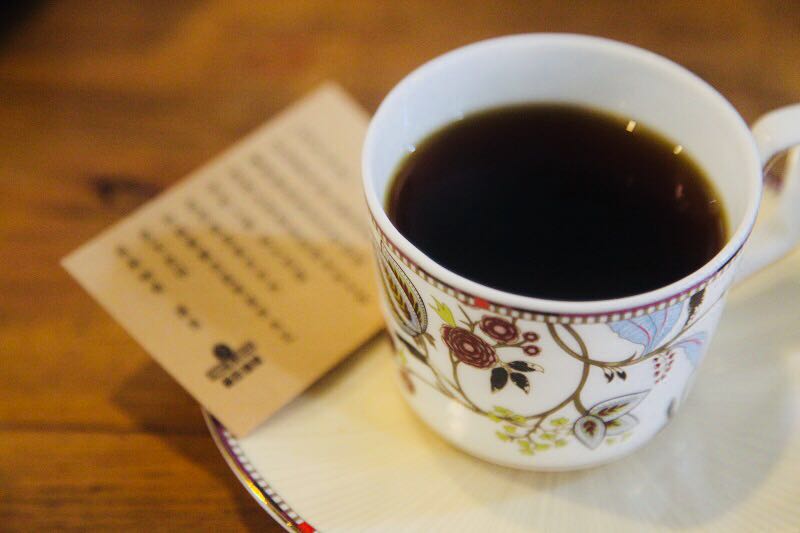

Purchase link: https://item.taobao.com/item.htm?spm=a1z10.3-c.w4002-15673140470.10.4654041fFPv38q&id=5619909169
Important Notice :
前街咖啡 FrontStreet Coffee has moved to new addredd:
FrontStreet Coffee Address: 315,Donghua East Road,GuangZhou
Tel:020 38364473
- Prev
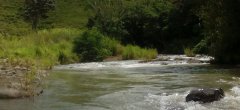
The best coffee in Costa Rica Don Eli processing plant coffee planting treatment
Professional baristas please follow the coffee workshop (Wechat official account cafe_style) Pastora and Canet are two small farms, in this case they are mixed according to the number of days of harvest. Carlos and his entire family are very committed to Don Eli Farm and the miniature mill (micro mill). With the support of his family, Carlos was able to manage the farm and
- Next
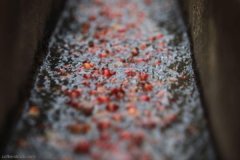
Guatemala Flower God Coffee Manor-Raminita Manor Guatemala Antigua Coffee beans
Exchange of professional baristas Please pay attention to the coffee trees in the coffee workshop (Wechat official account cafe_style) and the soil in all the estates. Soil tests are carried out twice a year. Raminita Manor is very careful when using products that can increase production. Some trace elements such as zinc, boron and copper are sprayed about three times a year on the back of the leaves.
Related
- Detailed explanation of Jadeite planting Land in Panamanian Jadeite Manor introduction to the grading system of Jadeite competitive bidding, Red bid, Green bid and Rose Summer
- Story of Coffee planting in Brenka region of Costa Rica Stonehenge Manor anaerobic heavy honey treatment of flavor mouth
- What's on the barrel of Blue Mountain Coffee beans?
- Can American coffee also pull flowers? How to use hot American style to pull out a good-looking pattern?
- Can you make a cold extract with coffee beans? What is the right proportion for cold-extracted coffee formula?
- Indonesian PWN Gold Mandrine Coffee Origin Features Flavor How to Chong? Mandolin coffee is American.
- A brief introduction to the flavor characteristics of Brazilian yellow bourbon coffee beans
- What is the effect of different water quality on the flavor of cold-extracted coffee? What kind of water is best for brewing coffee?
- Why do you think of Rose Summer whenever you mention Panamanian coffee?
- Introduction to the characteristics of authentic blue mountain coffee bean producing areas? What is the CIB Coffee Authority in Jamaica?

